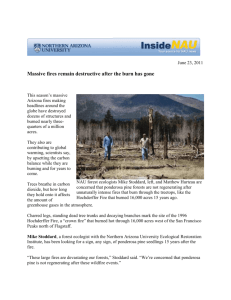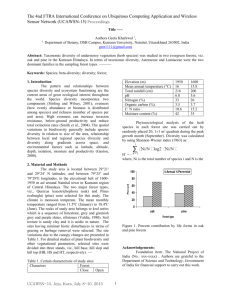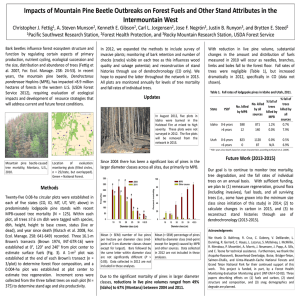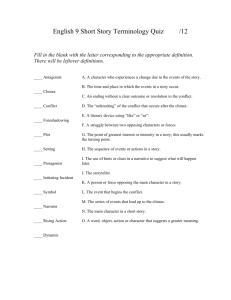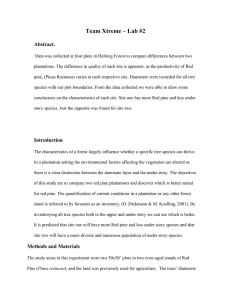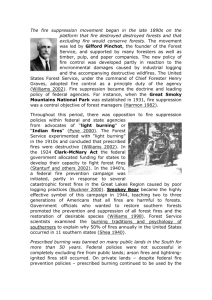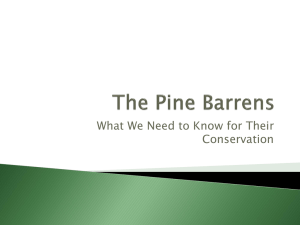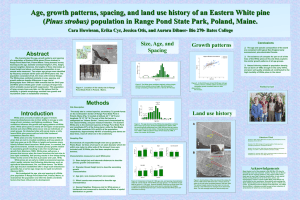Maritime Forests
advertisement
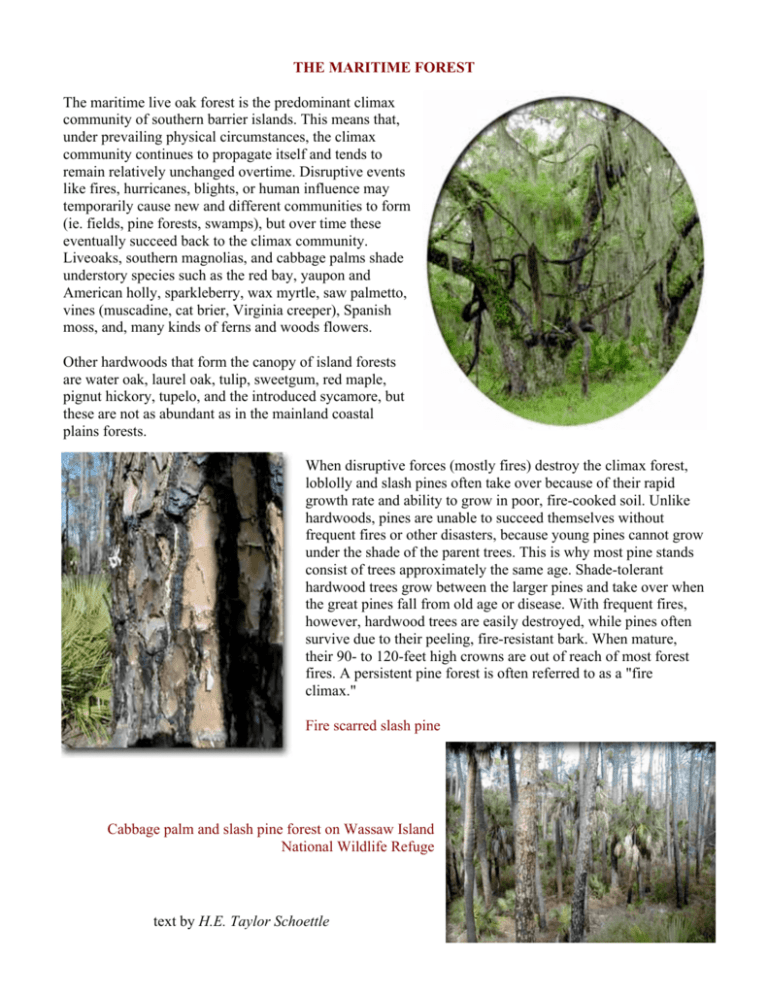
THE MARITIME FOREST The maritime live oak forest is the predominant climax community of southern barrier islands. This means that, under prevailing physical circumstances, the climax community continues to propagate itself and tends to remain relatively unchanged overtime. Disruptive events like fires, hurricanes, blights, or human influence may temporarily cause new and different communities to form (ie. fields, pine forests, swamps), but over time these eventually succeed back to the climax community. Liveoaks, southern magnolias, and cabbage palms shade understory species such as the red bay, yaupon and American holly, sparkleberry, wax myrtle, saw palmetto, vines (muscadine, cat brier, Virginia creeper), Spanish moss, and, many kinds of ferns and woods flowers. Other hardwoods that form the canopy of island forests are water oak, laurel oak, tulip, sweetgum, red maple, pignut hickory, tupelo, and the introduced sycamore, but these are not as abundant as in the mainland coastal plains forests. When disruptive forces (mostly fires) destroy the climax forest, loblolly and slash pines often take over because of their rapid growth rate and ability to grow in poor, fire-cooked soil. Unlike hardwoods, pines are unable to succeed themselves without frequent fires or other disasters, because young pines cannot grow under the shade of the parent trees. This is why most pine stands consist of trees approximately the same age. Shade-tolerant hardwood trees grow between the larger pines and take over when the great pines fall from old age or disease. With frequent fires, however, hardwood trees are easily destroyed, while pines often survive due to their peeling, fire-resistant bark. When mature, their 90- to 120-feet high crowns are out of reach of most forest fires. A persistent pine forest is often referred to as a "fire climax." Fire scarred slash pine Cabbage palm and slash pine forest on Wassaw Island National Wildlife Refuge text by H.E. Taylor Schoettle

